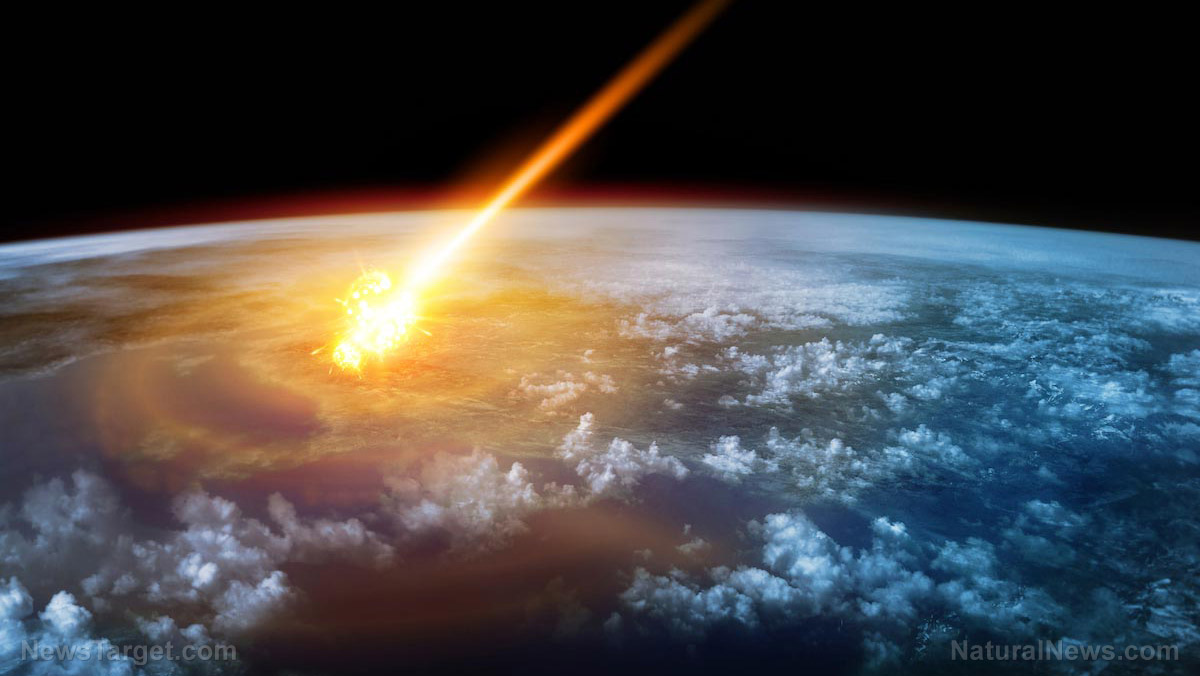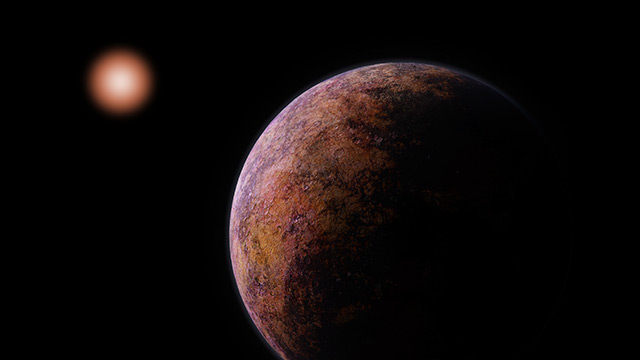Bizarre and fascinating: 9 Incredible things about black holes
09/21/2019 / By Edsel Cook

There is more to a black hole than just a tiny yet insanely dense gravitational distortion in the fabric of space-time. Researchers believe it may be made up of dark matter, sends everything it consumes to the future, or even come from another universe that precedes ours.
Some of the new theories about black holes seemingly contradict current understanding. For example, once something passes the event horizon of a black hole, it will never leave. That includes “hair” – data about the black hole that differentiates it from others of its kind.
But a recent theory suggests that black holes radiate particles with zero energy. These faint “hair” might tell researchers what fell into the maw long ago.
And while the black hole itself is invisible, it is surrounded by visible streams of dust and gas that circle it. The orbital movement heats the matter into forming roiling storms.
Sometimes, the same orbital motion also creates rings that seemingly squeeze columns of matter. When the material shoots out, they look like “fountains” of fire. (Related: Experts just found 83 MASSIVE black holes at the edge of the universe.)
How quantum mechanics defy the properties of black holes
Black holes may even evaporate over time. Quantum pairs of subatomic particles may pop in and out around the event horizon. When one of the quantum bits falls into the black hole, the other one shoots away as Hawking radiation.
The fleeing quantum particle leeches energy from the black hole. Since energy equals mass, it may shrink and vanish over time.
The quantum particles that produce Hawking radiation happen to be entangled. If something happens to one, its partner reacts immediately.
Researchers do not know what happens to the entanglement. Some suggest that the black hole breaks the quantum link between the subatomic particles.
In turn, breaking quantum entanglement will produce immense amounts of energy. So black holes might be surrounded by “walls of fire” in the form of energy from disentangled quantum particles.
Further, quantum mechanics asserts that information regarding particles is indestructible. But that runs against the idea of a black hole being inescapable by anything, including said data.
The solution to the black hole information paradox might appear in quantum entanglement. Some researchers theorize that the data of a subatomic particle that falls into the hole may transfer to its previously entangled partner, the one that causes Hawking radiation.
Theories about black holes involve dark matter, time travel, and alternate dimensions
A theory suggests that black holes may be made up of dark matter. They both possess mass yet give off no electromagnetic radiation.
Although it is unlikely for the universe to sport the multitude of tiny black holes in this theory, it may have medium-sized ones instead. These fewer holes may account for up to 10 percent of dark matter.
A black hole may also send the matter it consumed to the future. The quantum loop gravity theory proposes that the fabric of space-time near the center of the hole curves so sharply that part of it ends up in the future.
Then there’s the idea of Oxford University researcher Roger Penrose that our universe is the latest in a long line of realities that also have black holes. He says that the cosmic background radiation from the Big Bang may be the echoes of black holes from earlier universes.
Finally, researchers presented the first photo of a black hole in April 2019. Located in the Messier 87 (M87) galaxy in the Virgo constellation, the supermassive black hole shows up as an ominous shadow across the super-hot material that surrounds it.
Sources include:
Tagged Under: alternate dimension, alternate universe, astronomy, black hole information paradox, black hole theories, black holes, dark matter, future, quantum entanglement, quantum mechanics, quantum particles, Space, space research, supermassive black holes, time travel, Universe, universes, weird science
RECENT NEWS & ARTICLES
Cosmic.News is a fact-based public education website published by Cosmic News Features, LLC.
All content copyright © 2018 by Cosmic News Features, LLC.
Contact Us with Tips or Corrections
All trademarks, registered trademarks and servicemarks mentioned on this site are the property of their respective owners.


















